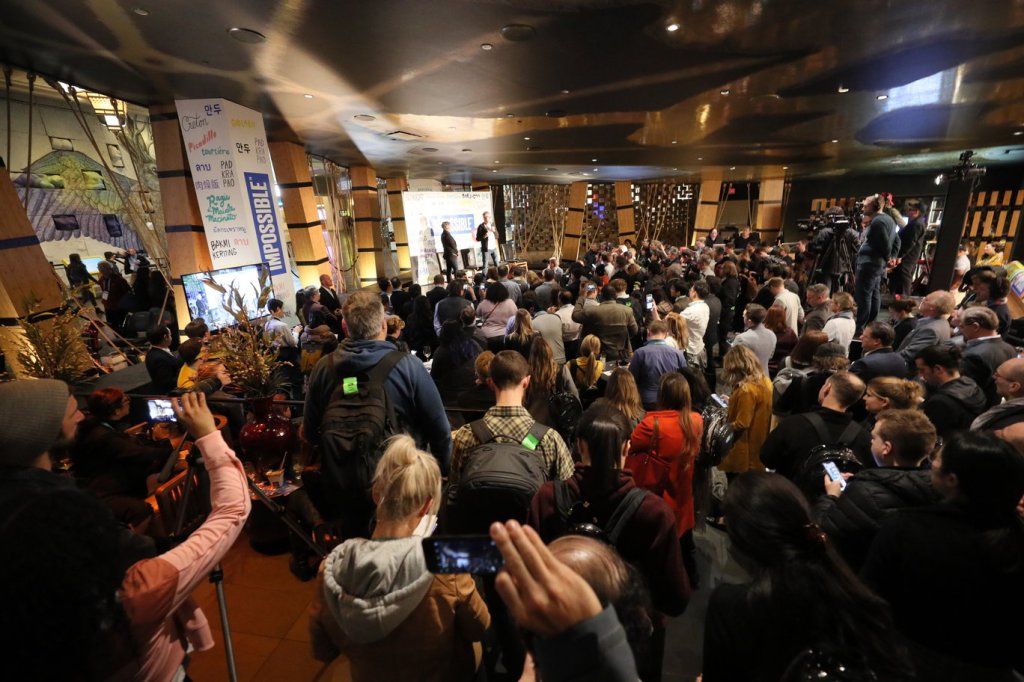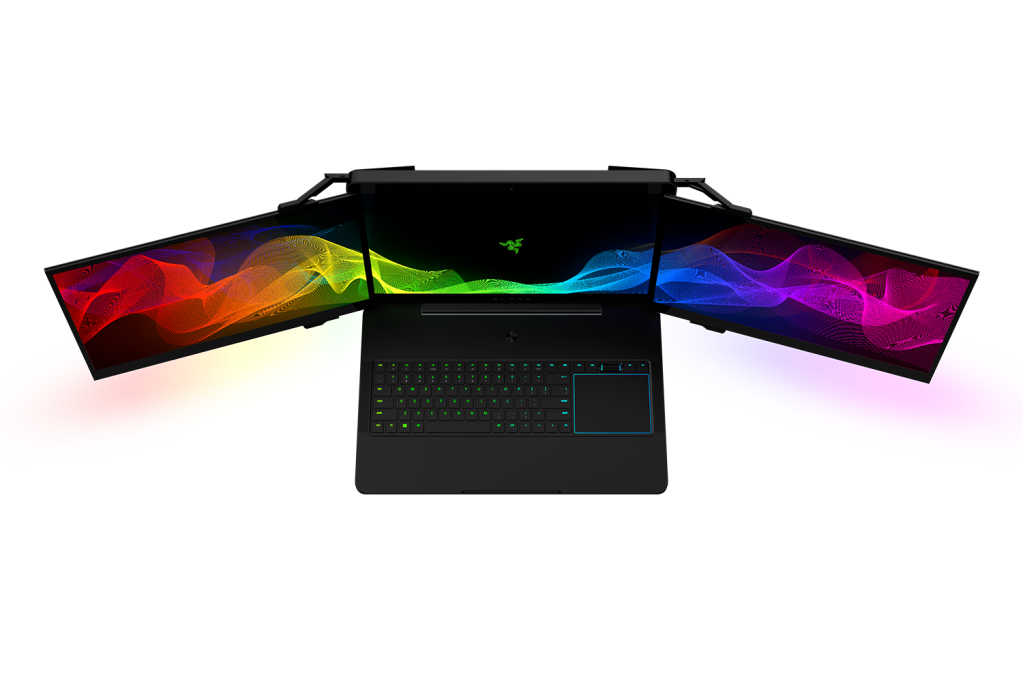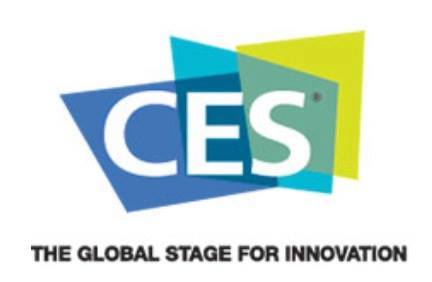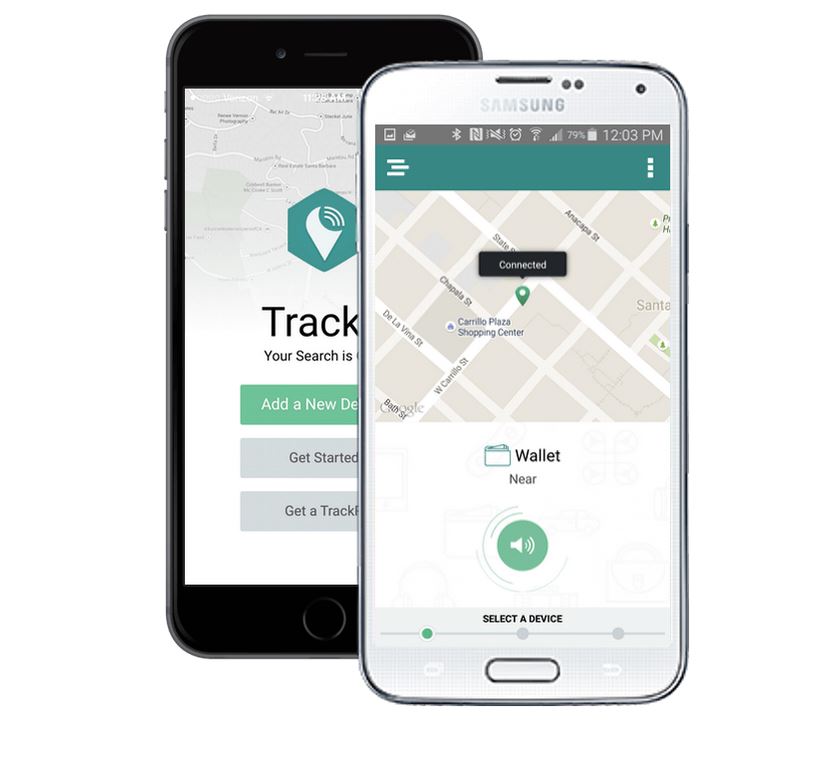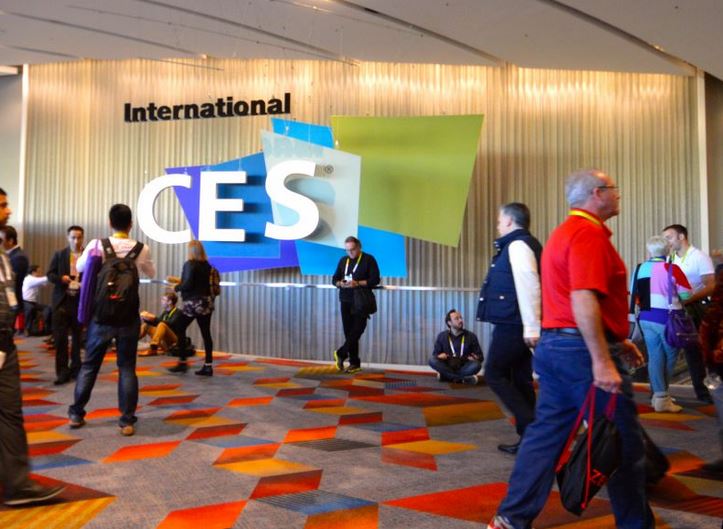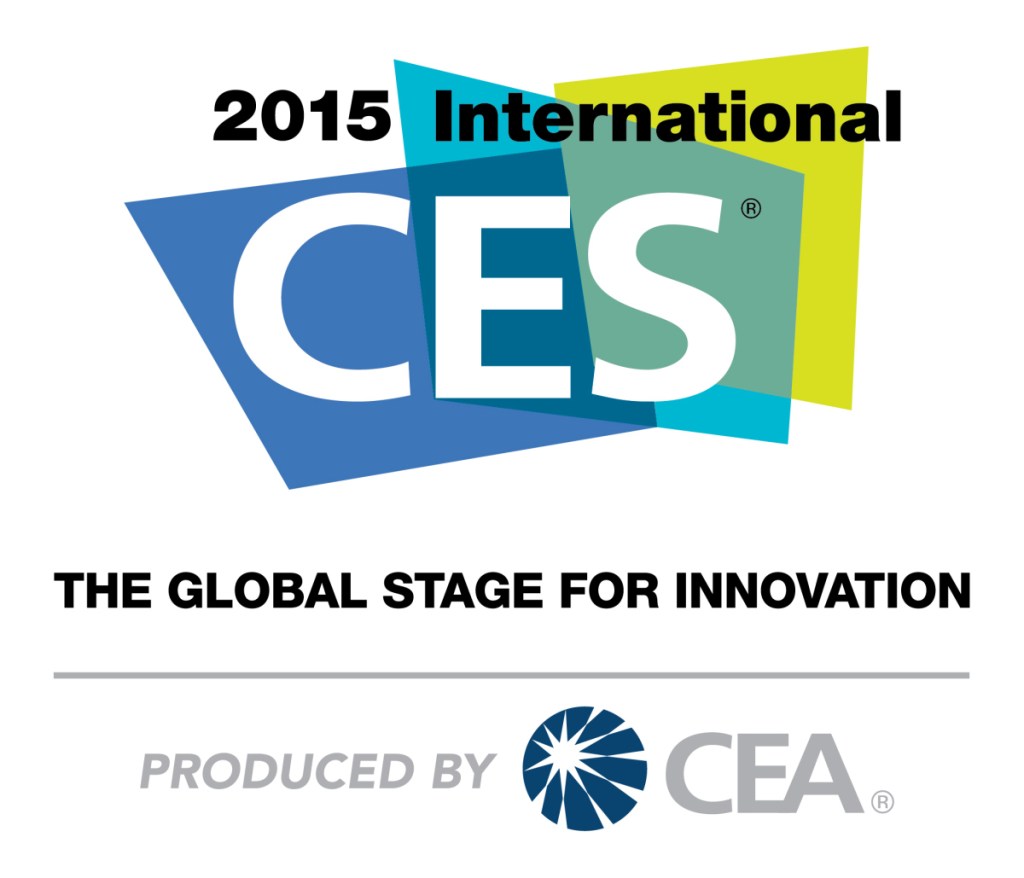Tech Trends from CES
Let's Get Nerdy
Significant changes in technology are coming. At the 2023 Consumer Electronic Show (CES) in Las Vegas, recognized for underscoring the latest technology, Steve Koenig, Consumer Technology Association vice president of market research, highlights the newest tech-savvy trends. “Cybersecurity, cloud, artificial intelligence, and robotics are all part of it and underpins the effort and the global […]

